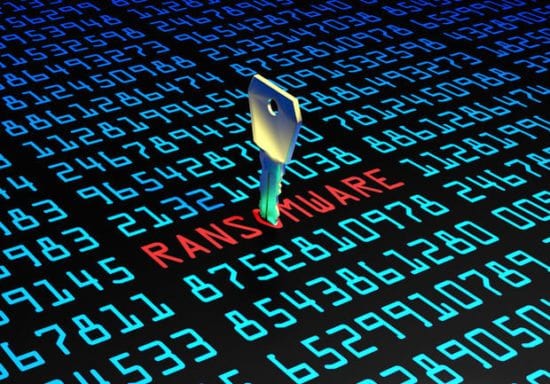Gigamon released its State of Ransomware 2022 and Beyond report aimed at providing insights into how the threatscape is evolving and how the severity of the ‘blame culture’ in cybersecurity is escalating. According to the global survey of IT and security leaders across the US, EMEA and APAC, nearly one-third of organisations have suffered a ransomware attack enabled by a malicious insider, a threat seen as commonly as the accidental insider (35 percent). Furthermore, 59 percent of organisations believe ransomware has worsened in the last three months, with phishing (58 percent), malware/computer viruses (56 percent) and cloud applications (42 percent) cited as other common threat vectors.
More information: https://www.miragenews.com/gigamon-survey-shows-one-in-three-organisations-827403/
The opinions expressed in this post belongs to the individual contributors and do not necessarily reflect the views of Information Security Buzz.



